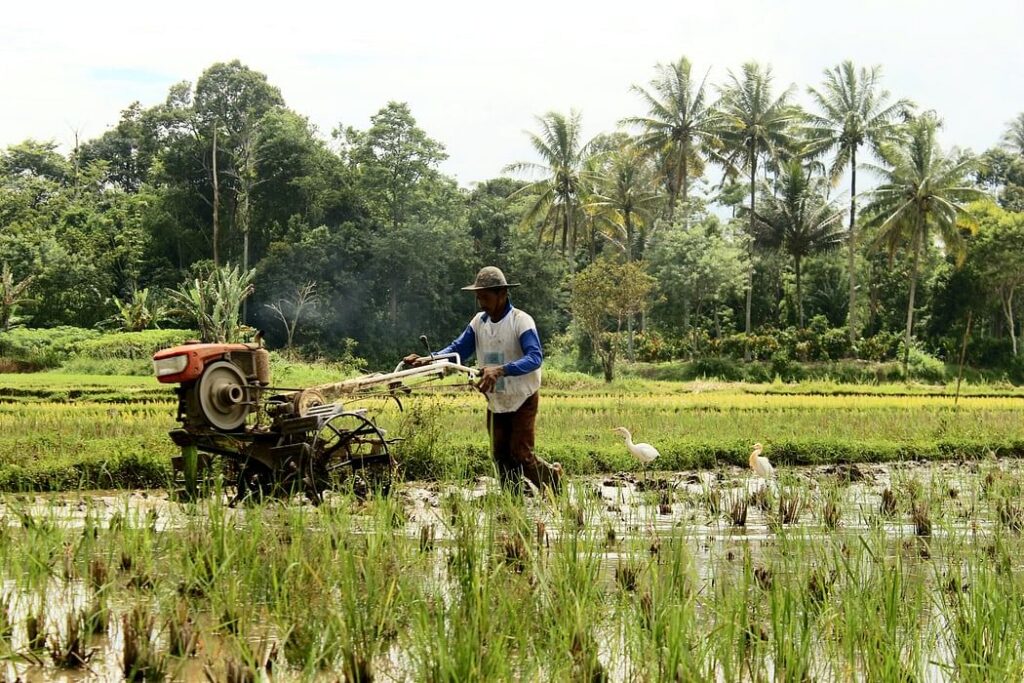The government’s fertiliser subsidy will rise to Rs 2. 3-2. 5 lakh crore in this fiscal but the bill may fall by 25 per cent in the 2023-24 financial year with moderation in global prices, according to industry body FAI.
Fertilisers Association of India (FAI) expressed concern that the fixed cost of urea has not been increased affecting the viability of urea plants. It also pointed out that the industry is running on a very thin margin, which is hampering new investments in this sector. The industry body said there is sufficient availability of fertilisers, including urea and DAP, for the ongoing rabi (winter-sown) season.
“We estimate the fertiliser subsidy bill at Rs 2. 3 lakh crore to Rs 2. 5 lakh crore,” FAI President K S Raju told reporters here late Monday.
This has helped insulate the farmers from the impact of a steep increase in the cost of all fertilisers due to sharp rise in international prices of fertilisers and raw materials, he added. The fertiliser subsidy stood at Rs 1. 62 lakh crore in the previous financial year.
FAI board member P S Gahlaut, who is MD of Indian Potash Ltd, said the subsidy bill in the next fiscal year could fall by around 25 per cent as the global prices have softened. However, he said a lot will depend on the future trends of global prices. The association pointed out that there have been unprecedented international price rises for fertilizers and fertilizer raw materials including natural gas/LNG during the past two years.
Prices of some of the commodities have started coming down in recent months but still remain significantly higher than pre-pandemic period, it added. The international price of DAP (CFR (cost and freight-India) increased from USD 555 per tonne for April 2021 to USD 945 per tonne for July 2022. It has declined to USD 722 for October 2022.
Similarly, the price of phosphoric acid increased from USD 876 per tonne in April 2021 to USD 1718 per tonne by July 2022, although it has declined recently to the level of USD 1355 for October 2022. CFR-India price of imported urea increased from about USD 400 per tonne in April 2021 to more than USD1000 per tonne by December 2021. Now, it has declined to about USD 600 per tonne as per recent tenders.
On other issues related to the sector, FAI said that the viability of the urea industry is affected because of the delay in the approval of minimum fixed cost and non-revision of fixed cost since 2002-03, except nominal increase allowed under Modified NPS-III policy since 2014. “Fixed cost of urea has gone up drastically over 2002-03 and are significantly higher than the level being reimbursed. It does not take into account large investments made in recent years in energy reduction projects and plant reliability expenditures,” the association said.
Similarly, energy consumption norms revised in 2018 over 2015 have impacted the performance of several urea units. “It is encouraging to note that the government has allowed the further extension of 2015 energy norms for 14 urea units, which are yet to achieve 2018 energy norms for two and half years till March 2023. ” FAI highlighted that the production of major fertilisers increased during April-October 2022 except NP/NPK complex fertilizers.
Production of urea, DAP (di-ammonium phosphate) and SSP recorded year-on-year (y-o-y) increase of 16. 0 per cent, 14. 2 per cent and 9.
2 per cent, respectively, during April-October 2022. Production of NP/NPK complex fertilizers registered a decline of 5. 2 per cent during the period.
Import of DAP and NP/NPK complex fertilisers increased y-o-y by 45. 2 per cent and 76. 1 per cent, respectively, during April-October 2022.
However, import of urea and MOP reduced by 12. 9 per cent and 7. 3 per cent, respectively, during the same period.
“Ideal average NPK use ratio for the country is 4:2:1. This ratio was almost near to ideal at 4. 3:2:1 in 2009-10 but got distorted to 8.
2:3. 2:1 in 2012-13. This got corrected to 6.
5:2. 8:1 during 2020-21. However, again widened to 7.
7:3. 1:1 in 2021-22. “This ratio has been further distorted to 12.
8:5. 1:1 for Kharif 2022 compared to 6. 8:2.
7:1 for Kharif 2021 due to steep reduction in sales of K, which declined from 1. 4 million tonnes in Kharif 2021 to 0. 77 million tonnes only for Kharif 2022,” FAI said.
Talking of poor profitability of the Indian fertiliser sector, FAI said that as per data provided by 24 fertilizer companies, profit after tax from fertilizer business as percentage of turnover for the industry for the past five years have been 0. 61%, 0. 39%, 0.
64%, 2. 47% and 1. 39% for the financial years 2017-18, 2018-19, 2019-20, 2020-21 and 2021-22, respectively.
“Such wafer thin margins are grossly inadequate to service the investments already made, what to talk of attracting fresh investment in the sector, particularly, private sector investment,” the association said. .
From: freepressjournal
URL: https://www.freepressjournal.in/business/govt-expected-to-pay-rs-25-lakh-cr-for-fertiliser-subsidies-in-fy23
